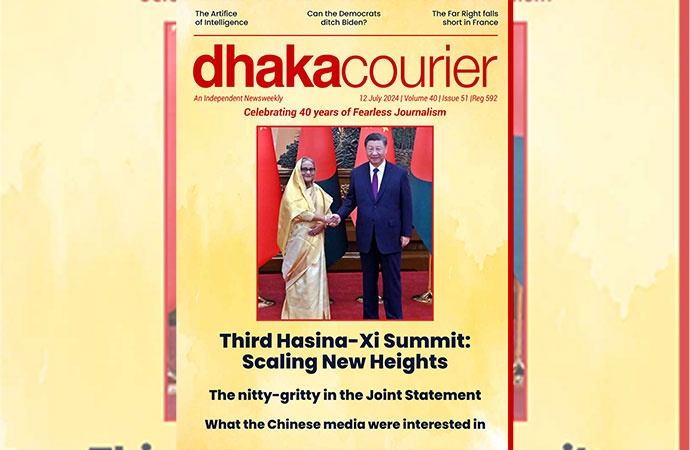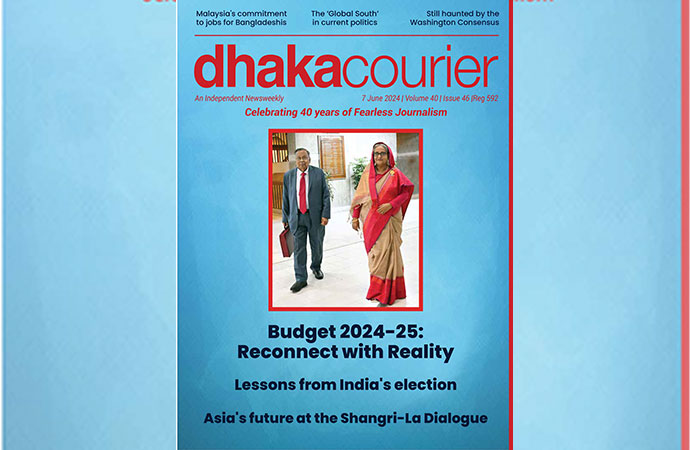Essays

Teaching Respect for All, Published by UNESCO, Pages: 285, ISBN: 978-92-3-100025-6
Around the world, people are passing a critical juncture when discrimination, racism, xenophobia, intolerance and violence are on the rise. Nevertheless, the peace-loving people dream for a better world where they can live together regardless of colour, gender or descent, as well as of national, ethnic or religious identity. In this regard, education can play a crucial role in contributing to counteract discrimination and diffusing a culture of respect for all throughout society. Education policy makers, administrators, teachers and other education professionals have a critical role to play in the transformation process in and through education: equipping learners to embrace their fear of differences, increase compassion and empathy for others, and build multiple perspectives, while heightening their appreciation of every person in the world in which we live. Children and young people also have much to share with education professionals, such as their ideas and experiences on how to stop discrimination and promote mutual respect.
The UNESCO publication "Teaching Respect for All Implementation Guide" attempts to focus efforts on the formal and informal classrooms, targeting learners of 8-16 years old, and aims to build curiosity, openness, critical thinking and understanding among young learners, thus equipping them with the awareness, knowledge, and skills to cultivate respect and stop discrimination on all levels. It also includes support materials for engaging with children and young people to promote a culture of respect for all. The Guide comprises a set of policy guidelines, questions for self-reflection, ideas and examples of learning activities to integrate 'Teaching Respect for All' into all aspects of upper primary and lower secondary education.
The Implementation Guide is divided into five sections. The first section - 'Ecosystem' --intends to conceptualize 'Teaching Respect for All' which provides a framework of minimum conditions that make teaching respect for all a reality and overviews discrimination in and through education. It also discusses international documents granting the right to a discrimination-free education and outlines educational approaches to fight all types of discrimination and teach respect for all. Creating a culture of anti-discrimination is a community-wide process. It is important to note that Teaching Respect for All values, though taught in and through education, should be reinforced by the participation of all stakeholders, in particular parents and the community actors. : A whole school approach (i.e. a holistic approach) should be ensured where all aspects of the school environment work to ensure non-discrimination. This includes addressing how school policies, curricula, learning materials, teachers, students, administrators and communities can combat discrimination.
The second section examines the key principles for policy makers. Policy makers play a key role both in counteracting discrimination in as well as through education. By employing a law-based human rights approach to preventing and fighting discriminatory attitudes and behaviour, policy makers are able to satisfy their international obligations as well as personal moral obligations to provide education while creating a more tolerant, respectful State. To achieve this outcome, education laws must provide the appropriate framework for curriculum development, mainstreaming principles, learning material development, teaching methodology development, and teachers' training programmes. As the prime duty-bearer of the right to education, the State has the obligation to respect, protect and fulfill the right to education for its citizens. Thus, policy makers must establish laws to respect, protect and fulfill every child's right to an education.
The 3rd section sets of 'key principles' for head-teachers and NGO managers which forms part of a curriculum framework for anti-racism and tolerance and is designed primarily to be used in the formal and informal educational settings, focusing on the process of developing a whole school approach to embedding Teaching Respect for All within any school setting, however big or small. Even with few resources, Teaching Respect for All is an issue, which can and should be discussed. Teaching, and thus building respect for all, is a philosophy and practice designed to be developed throughout the curriculum, ethos, management and leadership of educational settings, so as to enhance the learning and lives of children and young people between the ages of 8 and 16 years. All children should have an equal opportunity to succeed in school.
Section-4 discusses about support materials for teaching and learning and suggests guide for educators or teachers. In order for Teaching Respect for All to be truly integrated into a student-friendly classroom, teachers must learn to integrate diversity at all levels and create a safe, accessible and secure learning environment for all students. Teachers should begin to work towards developing a respect-based classroom in collaboration with a child-friendly whole school approach. The whole school approach is a holistic approach which understands that in order to counteract discrimination throughout society and in school, Teaching Respect for All must be incorporated into all aspects of school life, and all stakeholders (including adults and parents) within the school must be involved and have a voice in the integration and implementation process.
The last section of the Guide focuses on support materials needed for engaging with children and young people. It will help the young boys and girls: 1) Think about the importance of respecting every person in the world and being treated respectfully; 2) Learn more about discrimination, why people discriminate against others and how; and 3) Develop ideas about what children and young people around the world can do to stop discrimination. Discrimination is obviously a serious subject and thinking about it is not always comfortable. Hence, this concluding chapter includes activities and games that might make it easier and more fun to learn about respect and discrimination.
The writer is an independent researcher.

























Leave a Comment
Recent Posts
How China's reform benefit the ...
"It's very clear that China has entered a new era under Presi ...
How do we heal?
After the unprecedented violence of the past two weeks, the most impor ...
The High Court fixed July 25 for delivering verdicts
Biden’s legacy: Far-reaching accomplishments that di ..
US President Joe Biden dropped out of the 2024 race
“A kiss over bribe”: Nachiketa’s social message to D ..